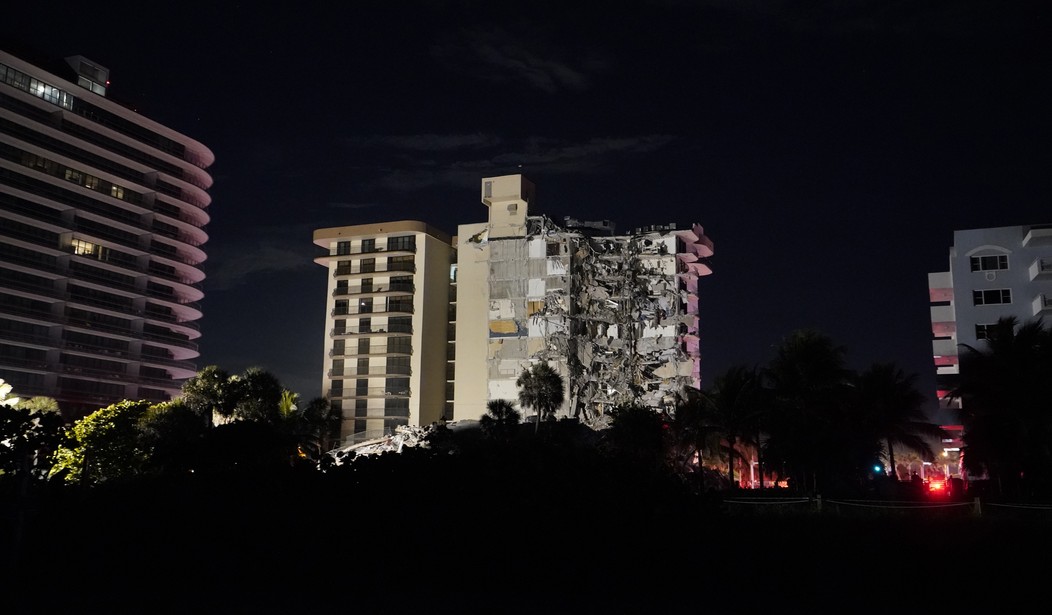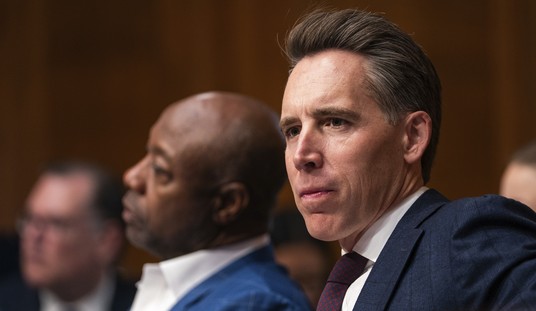In 2018, a consulting engineer wrote a report detailing “major structural damage” to the concrete slab below the pool deck as well as “abundant” cracking in supporting columns at the Champlain Towers South condominium complex near Miami. Early Thursday morning, part of the structure collapsed, killing 4 and leaving 159 unaccounted for.
Fires below the rubble continue to hamper rescue efforts. “At this juncture, it really is dealing with those fires,” Governor Ron DeSantis said on Saturday morning.
“It is hampering our search efforts,” Miami-Dade Mayor Daniella Levine Cava said. “We see that the smoke has spread. It spread laterally throughout the pile. It’s very difficult to isolate the source of the fire and therefore to stop it.”
The engineer’s warning did not go unheeded. A multi-million-dollar renovation plan had been scheduled to start soon. But the engineer’s report was submitted in 2018 and it remains unknown why it took so long for the building’s management to do anything about it.
The complex’s management association had disclosed some of the problems in the wake of the collapse, but it was not until city officials released the 2018 report late Friday that the full nature of the concrete and rebar damage — most of it probably caused by years of exposure to the corrosive salt air along the South Florida coast — became chillingly apparent.
“Though some of this damage is minor, most of the concrete deterioration needs to be repaired in a timely fashion,” the consultant, Frank Morabito, wrote about damage near the base of the structure as part of his October 2018 report on the 40-year-old building in Surfside, Fla. He gave no indication that the structure was at risk of collapse, though he noted that the needed repairs would be aimed at “maintaining the structural integrity” of the building and its 136 units.
There’s no doubt that corrosion from the sea air played a role but it doesn’t tell us the direct cause of the collapse. And that might take a while.
Experts said that the process of assessing possible failure scenarios could take months, involving a review of individual building components that may now be buried in debris, the testing of concrete to assess its integrity and an examination of the earth below to see if a sinkhole or other subsidence was responsible for the collapse.
It’s not that Miami was unaware of the problems associated with high-rise buildings built so close to the ocean. The city passed a recertification law in the 1970s that forced building owners managing sites that were 40 years old or older to have a structural engineer inspect the site for wear and tear on the concrete as well as for other concerns.
“Abundant cracking and spalling of varying degrees was observed in the concrete columns, beams, and walls,” Frank Morabito, author of the report, wrote.
The report added that “failure to replace the waterproofing in the near future will cause the extent of the concrete deterioration to expand exponentially.” The problem, he said, was that the waterproofing was laid on a concrete slab that was flat, not sloped in a way that would allow water to run off, an issue he called a “major error” in the original design. The replacement would be “extremely expensive,” he warned, and cause a major disturbance to residents.
It’s really looking bad for building management at this point. They apparently tried patching some of the concrete, but Morabito said it only made the cracking and spalling problems worse.
One expert who saw the video of the building’s collapse thinks it may have started in the parking garage — exactly where Morabito thought the building needed the most immediate attention.
After watching a surveillance video showing the collapse of the building, Evan Bentz, a professor at the University of Toronto and an expert in structural concrete, said that whatever had caused the collapse would have to have been somewhere near the bottom of the building, perhaps around the parking level. Though he had not seen the 2018 report at the time, he said such a collapse could have several possible explanations, including a design mistake, a materials problem, a construction error or a maintenance error.
“I’d be surprised if there was just one cause,” Mr. Bentz said. “There would have to be multiple causes for it to have fallen like that.”
There are a lot of nervous residents in condos and apartments along Florida’s seacoast today.









Join the conversation as a VIP Member